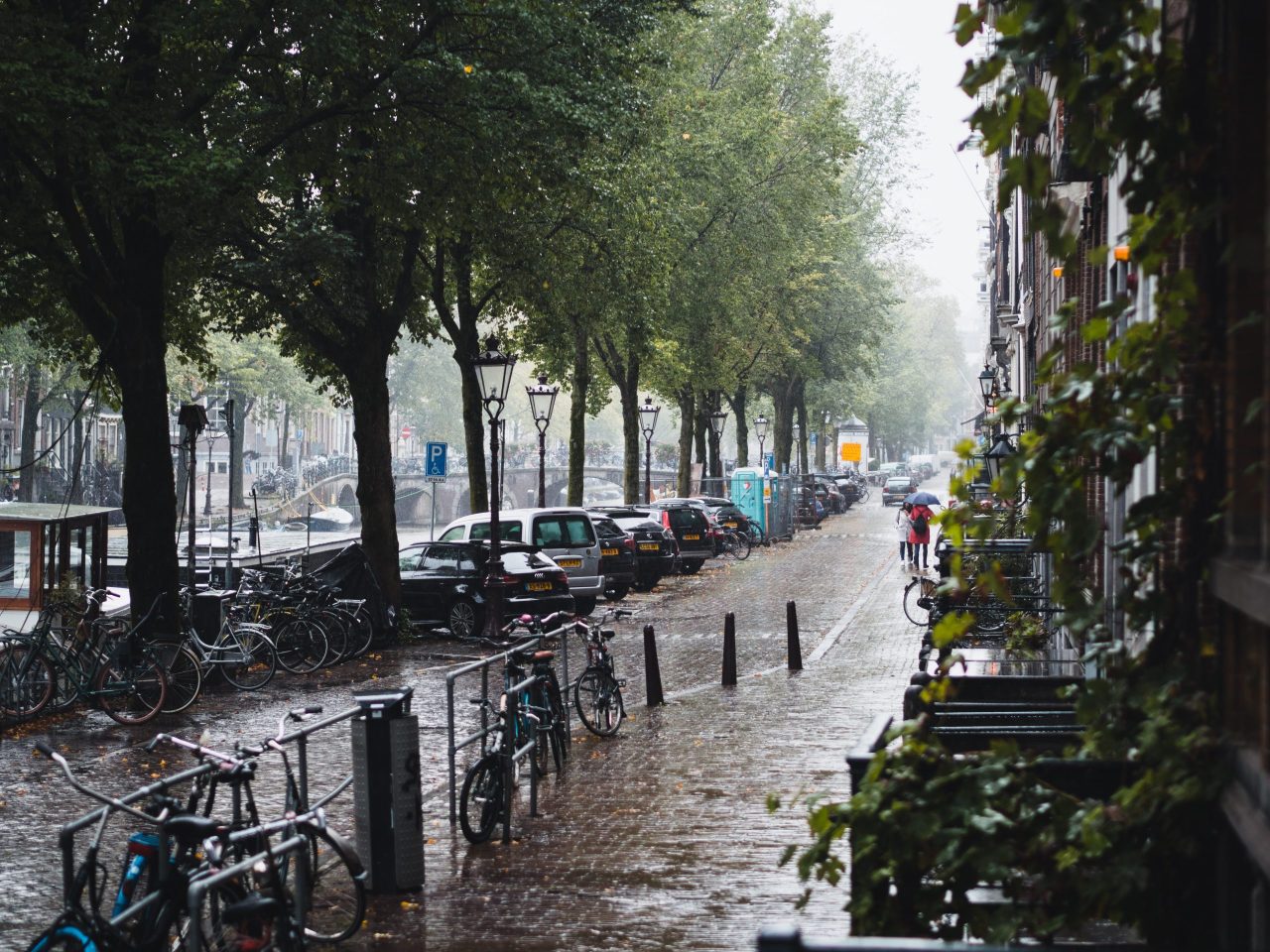Embracing Resilience: The Rise of Sponge Cities
As urbanization accelerates and climate change continues to pose challenges, cities worldwide are seeking innovative solutions to mitigate the impact of urban flooding and improve water management. Enter the concept of sponge cities—a visionary approach that aims to transform urban environments into resilient, water-sensitive communities. In this article, we delve into the principles, strategies, and benefits of sponge cities, exploring how they are revolutionizing urban planning and paving the way for sustainable and livable cities of the future.
At its core, a sponge city is a city that mimics the properties of a sponge by effectively absorbing, storing, and reusing rainwater. Traditional urban landscapes with impermeable surfaces, such as concrete and asphalt, exacerbate flooding by preventing natural water infiltration. In contrast, sponge cities employ a range of strategies and technologies to alleviate this issue. These include permeable pavements, green roofs, rain gardens, wetlands, and underground storage tanks. By emulating the natural hydrological cycle, sponge cities aim to enhance water resilience and reduce reliance on conventional drainage systems.
Sponge cities adopt an array of innovative strategies to optimize water management within urban areas. Permeable pavements, for instance, allow rainwater to infiltrate the ground, replenishing groundwater and minimizing surface runoff. Green roofs, covered in vegetation, act as natural sponges by absorbing rainwater and reducing stormwater runoff. Rain gardens and wetlands serve as natural filtration systems, purifying water while providing habitats for wildlife. These strategies slow down the flow of water, reducing the burden on drainage infrastructure and alleviating the risk of flooding.
Furthermore, sponge cities embrace the concept of water reuse. They incorporate decentralized storage and treatment systems to collect and store rainwater for various purposes, such as irrigation, industrial use, and flushing toilets. This approach reduces strain on freshwater resources, promoting sustainability and resilience in water supply.
The adoption of sponge city principles brings forth a multitude of benefits. Firstly, these cities are more resilient to extreme weather events, as they effectively manage and control rainfall. By reducing flooding, sponge cities safeguard the lives and properties of residents, preventing costly damages.
Secondly, sponge cities improve water quality by employing natural filtration systems. Rain gardens, wetlands, and other green infrastructure components act as buffers, removing pollutants from stormwater runoff before it enters water bodies. This leads to cleaner and healthier ecosystems, benefiting both humans and wildlife.
Moreover, the integration of green spaces and vegetation in sponge cities enhances urban biodiversity. The creation of parks, green roofs, and urban forests not only improves the aesthetic appeal but also provides habitats for diverse plant and animal species. This, in turn, promotes ecological balance and supports the overall well-being of urban dwellers.
Lastly, sponge cities contribute to mitigating the urban heat island effect. Vegetation and green infrastructure components help cool the environment, reducing ambient temperatures and improving air quality. This creates more comfortable and sustainable urban living environments, positively impacting the health and well-being of residents.
Sponge cities represent a transformative approach to urban planning that prioritizes water resilience, sustainability, and livability. By integrating green infrastructure, decentralized water systems, and innovative technologies, these cities effectively manage stormwater, reduce flooding, and improve water quality. The benefits extend beyond water management, encompassing ecological restoration, enhanced biodiversity, and improved urban environments. As the world grapples with the challenges of climate change and rapid urbanization, sponge cities offer a promising solution—an inspiring blueprint for building cities that are resilient, sustainable, and harmoniously intertwined with nature.
